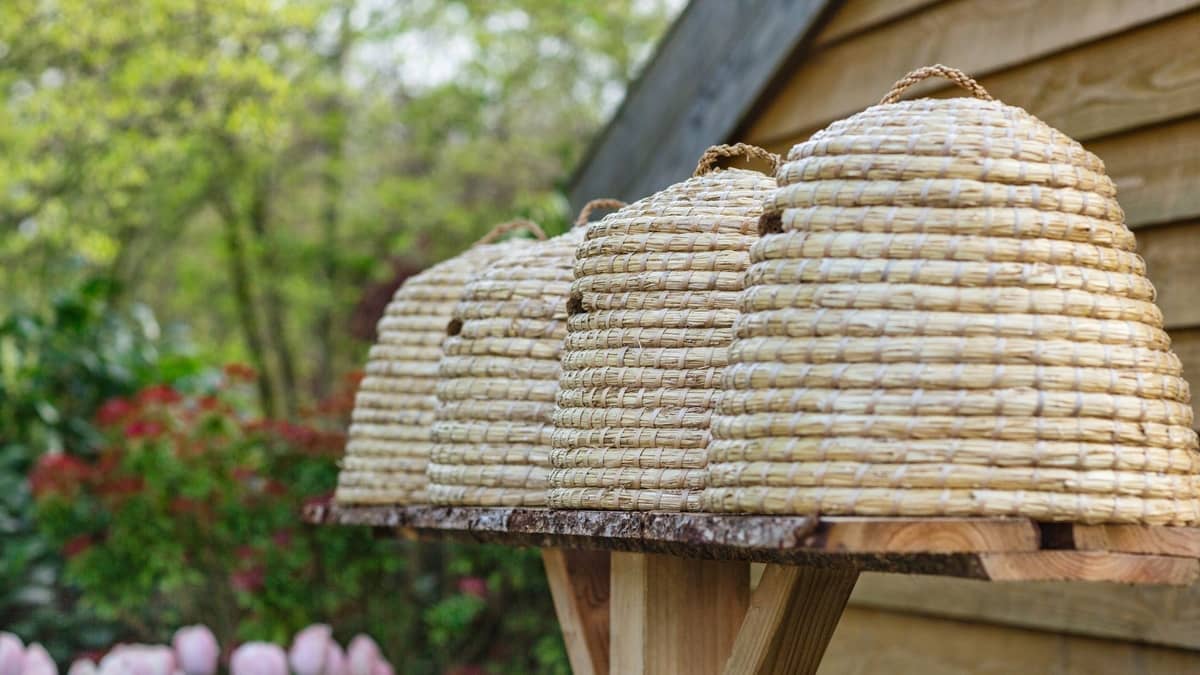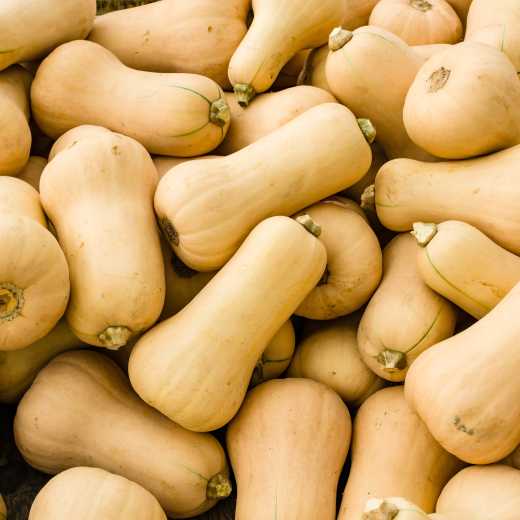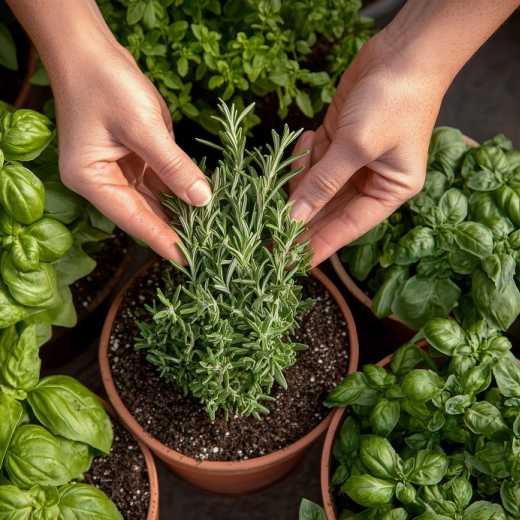Telling The Bees
In England, in the 1800s, bees were an integral part of each family’s vegetable garden. Having vegetables to eat depended upon bees for pollination. Bees also provided honey, used as a sweetener and as an ingredient in the English drink, mead. Honey also was prized for its medicinal properties.
Because of the importance bees played in the life of every English family, a tradition began where a person from the family was chosen to “tell the bees” when a special family event took place. This person was usually the head of the household or the “goodwife of the household.” When a child was born, a marriage was celebrated, or a member of the family passed away, the bees were informed by the “teller of the bees” who would walk to the hives, knock gently, and whisper the information the bees needed to know. If the bees were not notified of special family events, it was thought they would fly away, leaving the family’s hive empty and their vegetable garden unpollinated.

This long-lasting tradition of “telling the bees” occurred recently at Buckingham Palace when Queen Elizabeth II passed away. John Chapple, the 79-year-old beekeeper of the royal hives, tied black ribbons around each palace hive. He then quietly walked up to each hive, knocked on the hive and whispered, “The mistress is dead, but don’t you go. Your master will be a good master to you.” He then told the bees that King Charles III was their new master and would take good care of them.
Times have changed since the 1800s; and land once home to wildlife, is now covered with apartments, businesses, and homes. Loss of habitat has caused a decline in pollinating insects, including bees.
According to the U.S. Fish and Wildlife Service, there are more than 3,000 bee species in the United States. Since 1945, the domesticated honeybee population in the United States has declined more than 55 percent. Bumblebees, like honeybees, are also declining in numbers. The Xerces Society states that bumblebee populations in the United States have declined 28 percent.
In 2017, the first bumblebee species was declared endangered when the Rusty-Patched Bumblebee population declined 90 percent. Bumblebees are important pollinators of blueberries, cranberries, and clover. They are also important pollinators of tomatoes, according to the U.S. Fish and Wildlife Service. Native bee populations are declining. Native plants needed for food are disappearing due to urbanization and drought conditions in many areas of the country.
As gardeners, we can help pollinators by making our yards bee friendly. Planting a variety of native and flowering plants helps feed hungry pollinators. Bees are attracted to yellow, blue, purple, and white flowers. Planting flowers in groups of the same color entices bees to visit your garden. Single blooms provide more nectar and pollen than double blossom flowers and are easier for bees to land on and forage. Herbs also are excellent sources of nectar if you allow some of your herbs to mature and flower. The Xerces Society provides an excellent list of flowering plants for various regions of the country.
Besides providing nectar and pollen, maintaining an environmentally safe yard and vegetable garden is important. Neonicotinoids and insecticides found in many garden products have been linked to Colony Collapse Disorder, according to the Xerces Society. Neonicotinoids are absorbed by plants and are present in their pollen and nectar. When bees feed on treated plants, the neonicotinoids affect their ability to fly, navigate, forage, and defend themselves against hive pests, such as moths and mites.
“Busy as a bee” is an apt description of these tiny pollinators. Honeybees can make up to 300 flights each day to collect nectar and pollen and travel up to three miles from their hive to forage for food.
We may not “tell the bees” about our special family events, but we can ensure bees remain healthy and their populations increase by providing them with bee-friendly yards and gardens.
National Garden Clubs, Inc. is a 501(c)(3) organization that aims to promote the love of gardening, floral design, and civic and environmental responsibility. There is a local club near you, click here to find one and join. Subscribe to the NGC’s blog by entering your e-mail here. You do not have to be an NGC member to subscribe. NGC welcomes blog article submissions, e-mail the Blog Administrator at blog@gardenclub.org.

 Member Login
Member Login






